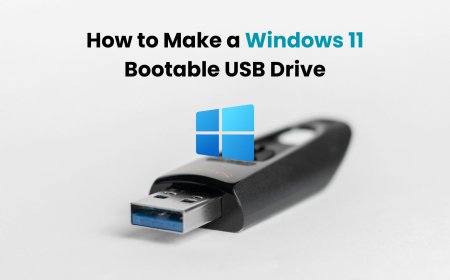Computer Basics: Understanding the Basic Parts of a Computer
There are several basic parts of a computer system, including the monitor, keyboard, CPU case, and mouse. Learn how each part functions and supports the overall computer operation.
Introduction

Computers are part of nearly every aspect of modern life, yet many people don't fully understand what physical components make them work. Whether you're a student, a beginner in tech, or simply curious, this guide breaks down the essential parts of a desktop computer setup, what they do, and why they matter.
Monitor (Display Screen)

The monitor is the output device that visually displays information from the computer. It’s what you use to view applications, documents, websites, and videos.
Key features:
-
Can be LCD, LED, or OLED
-
Screen sizes vary (from 14” to 32”+)
-
Connects to the CPU using HDMI, VGA, or DisplayPort
System Unit (Computer Case or CPU)

Often called the CPU, the system unit is the main body of the computer that houses critical internal components.
Inside it includes:
-
Processor (CPU): The "brain" of the computer, responsible for executing instructions.
-
Motherboard: Connects all hardware components and allows communication between them.
-
RAM (Memory): Temporarily holds data and programs currently in use.
-
Storage Drive (HDD or SSD): Where the operating system, files, and apps are saved.
-
Power Supply Unit (PSU): Converts electricity to power the components.
Keyboard

The keyboard is a primary input device used to type text, commands, and shortcuts.
Key sections include:
-
Alphanumeric keys: Letters and numbers
-
Function keys (F1–F12): Perform special tasks
-
Navigation keys: Arrows, Home, End, Page Up/Down
-
Special keys: Ctrl, Alt, Shift, Enter, Backspace, Delete
-
Print Screen, Scroll Lock, Pause/Break: Legacy keys still found on full-size keyboards
Mouse

The mouse allows users to point, click, and interact with elements on the screen.
Common mouse types:
-
Wired (USB) or wireless (Bluetooth/USB receiver)
-
Includes left-click, right-click, and a scroll wheel
-
Some advanced models offer additional buttons for gaming or design work
Additional Peripheral Devices

Other devices enhance functionality or accessibility:
-
Speakers: Output audio
-
Headphones: Private listening
-
Webcam: Used for video calls or recordings
-
Microphone: For voice input or recording
-
Printers: Create physical copies of documents
-
External storage: USB drives or external hard drives for backup
Summary Table
| Part | Type | Purpose |
|---|---|---|
| Monitor | Output | Displays visuals and data |
| System Unit | Processing | Houses the CPU, storage, memory |
| Keyboard | Input | Allows text and command input |
| Mouse | Input | Controls cursor and on-screen actions |
| Speakers | Output | Delivers audio |
| Webcam | Input | Captures video |
Why Knowing Computer Parts Matters (CroszEduverse Insight)
At CroszEduverse, we believe in empowering learners with foundational tech knowledge. Knowing your computer parts:
-
Helps you troubleshoot problems
-
Makes you more confident with digital tools
-
Prepares you for more advanced ICT skills
-
Enables better hardware upgrade decisions
Conclusion
Whether you're using a computer for school, work, or personal use, understanding its parts is the first step to becoming digitally literate. From the monitor and keyboard to the CPU and peripherals, each component plays a vital role in your computing experience.
What's Your Reaction?












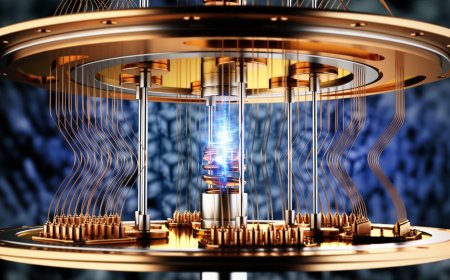


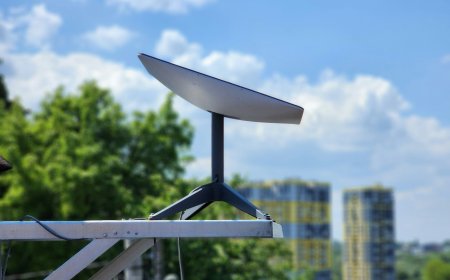



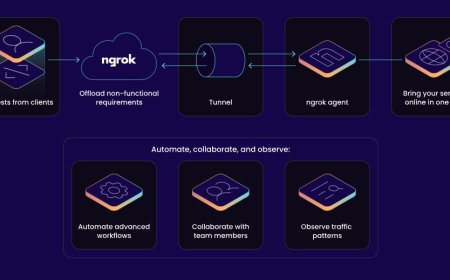

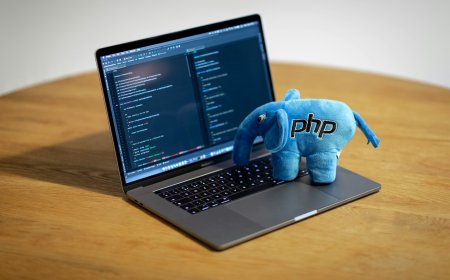

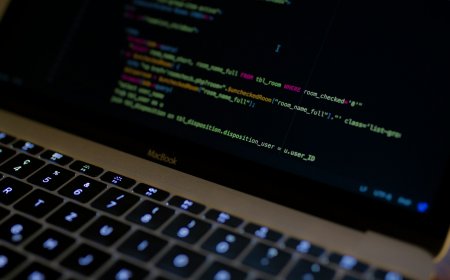
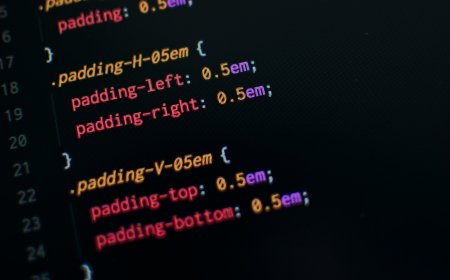
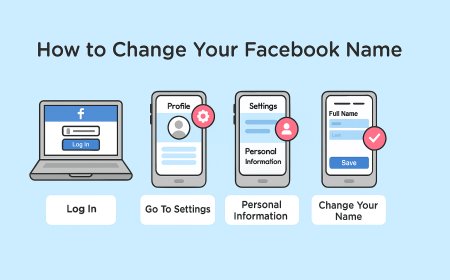
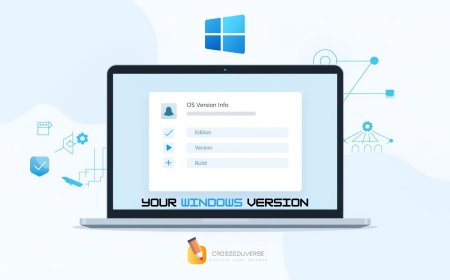
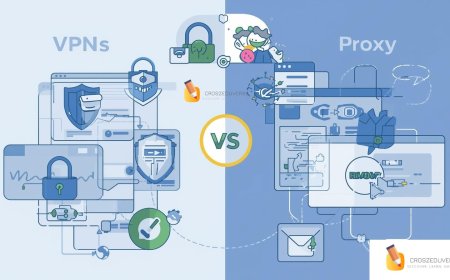
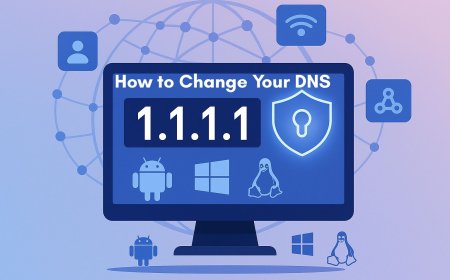
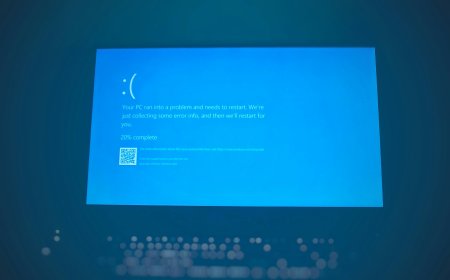
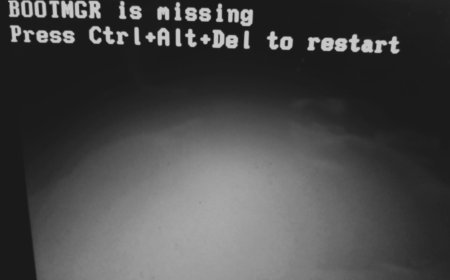



![2024 Social Media Image Sizes for All Networks [CHEATSHEET]](https://blogs.amospeter.co.ke/uploads/images/202406/image_430x256_666ad3fcd2380.jpg)
